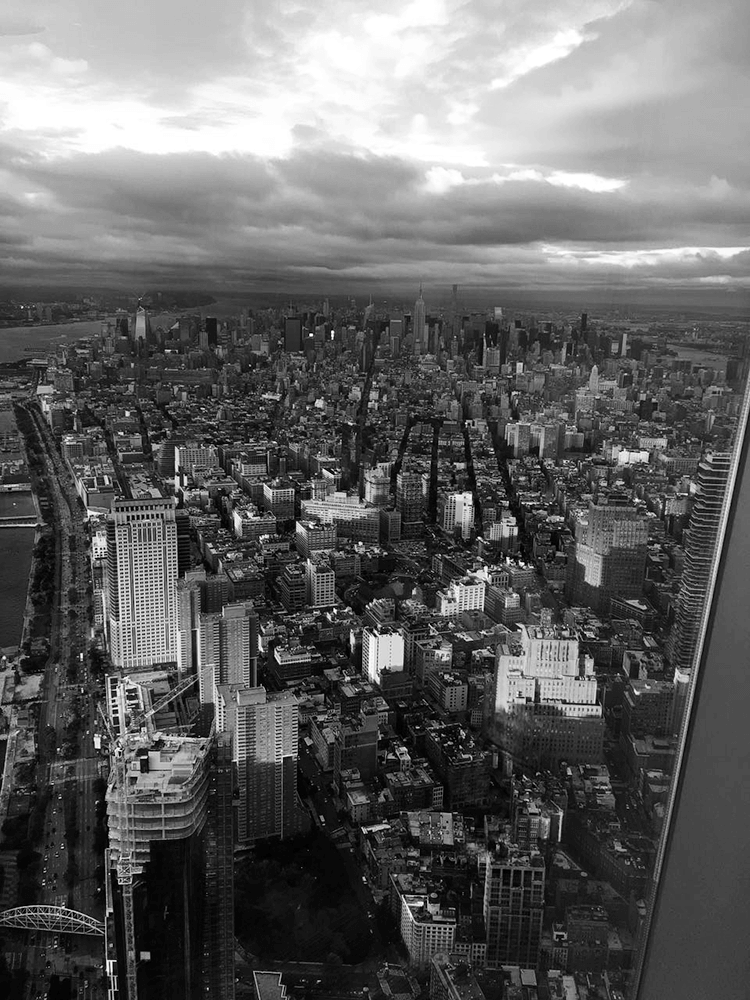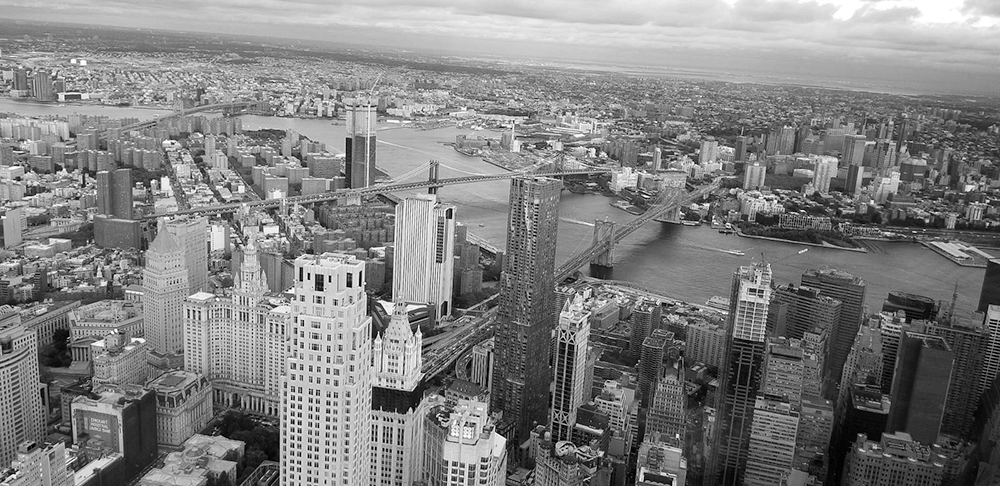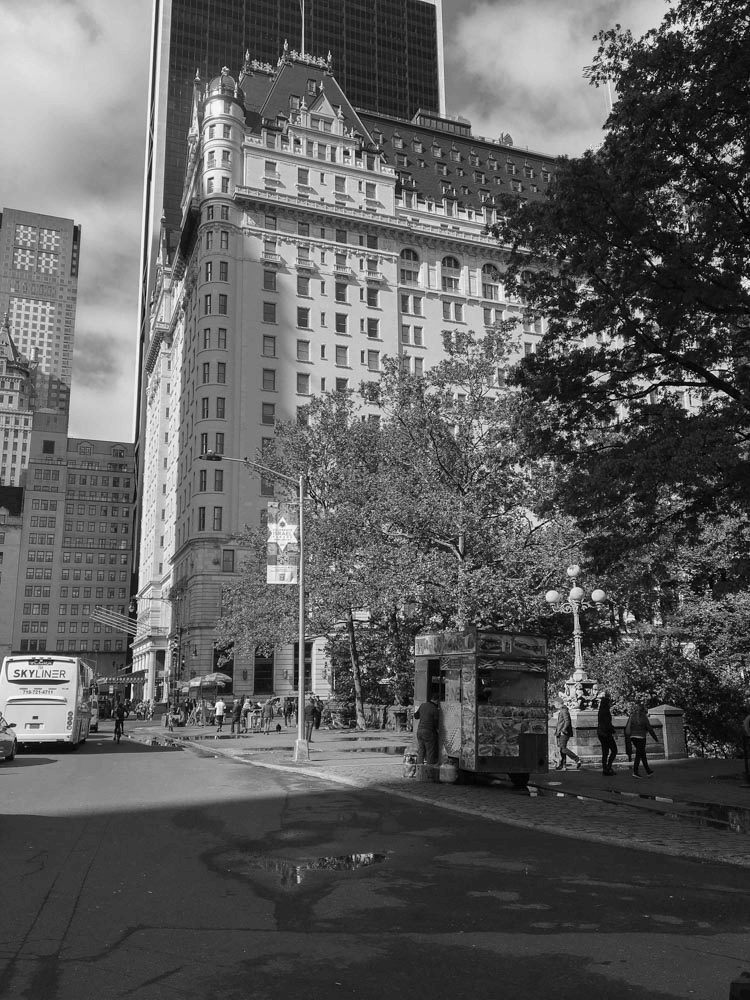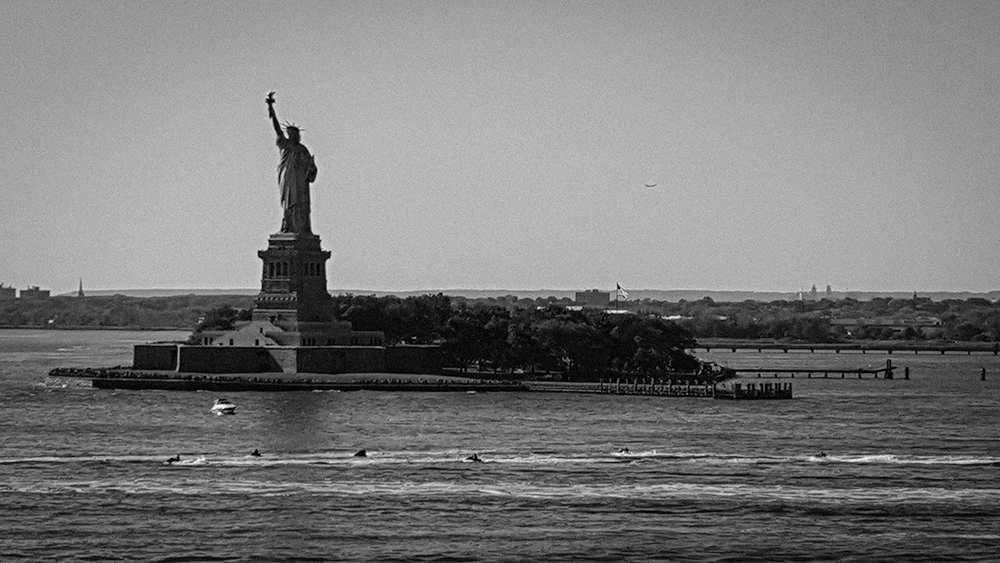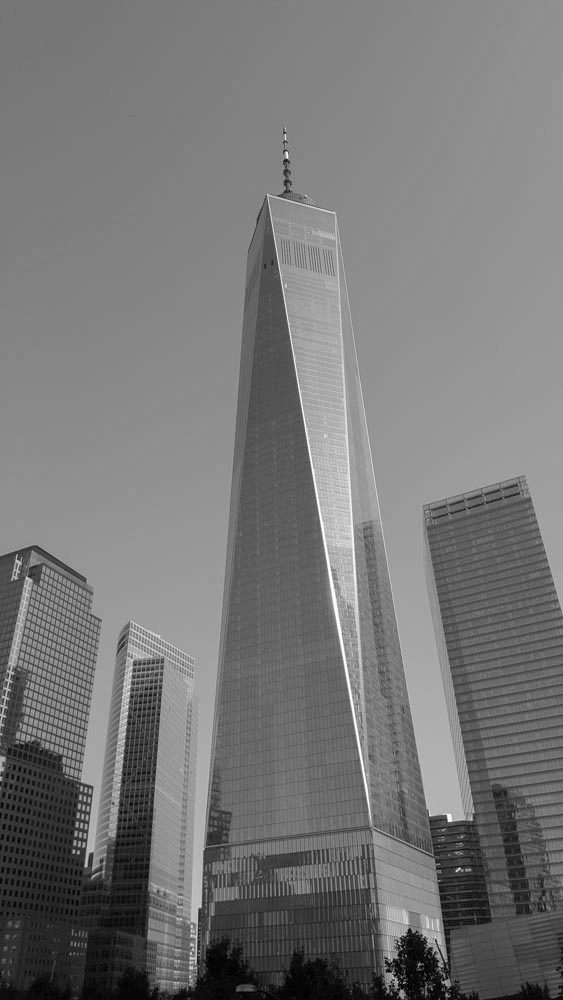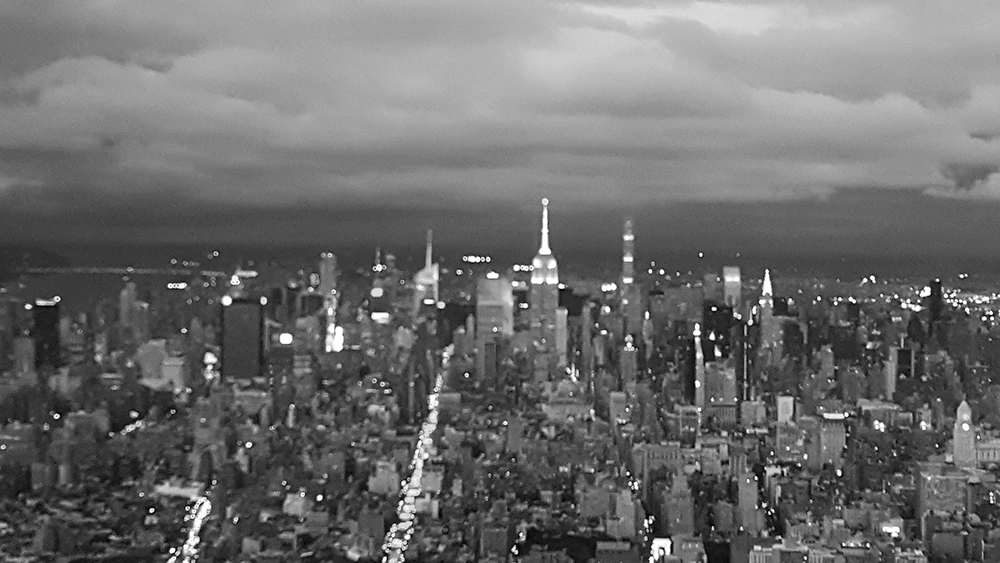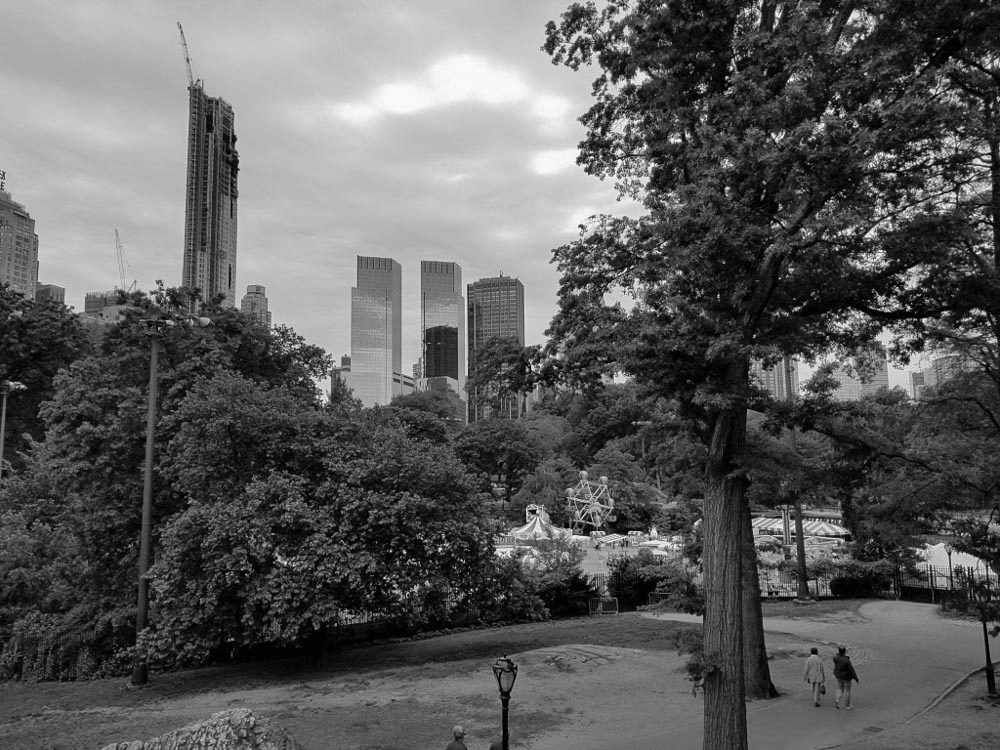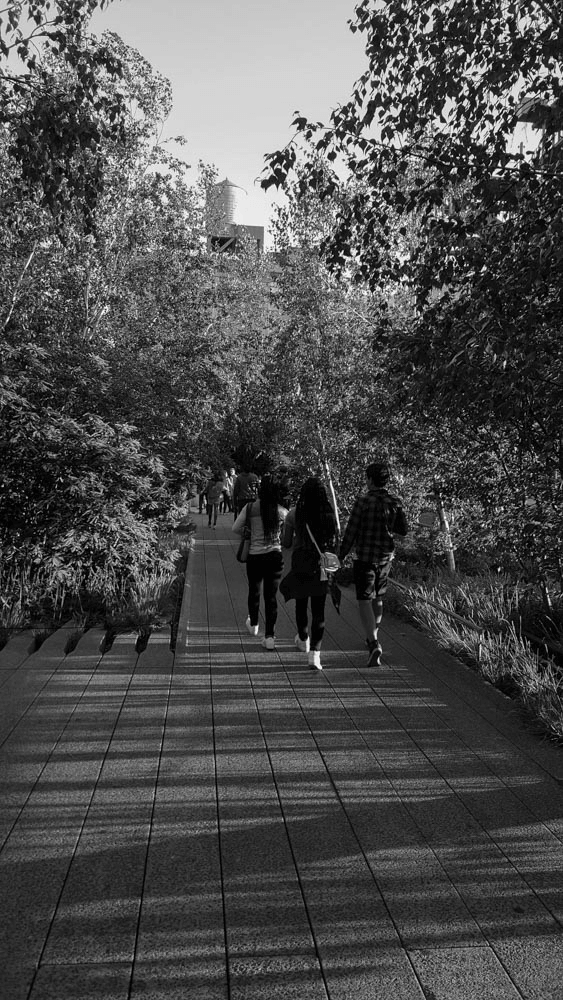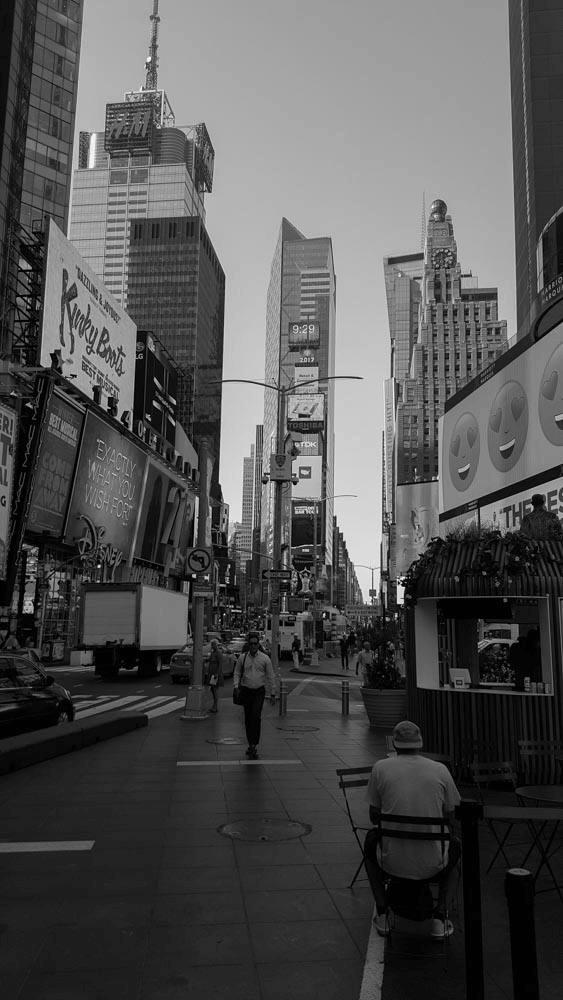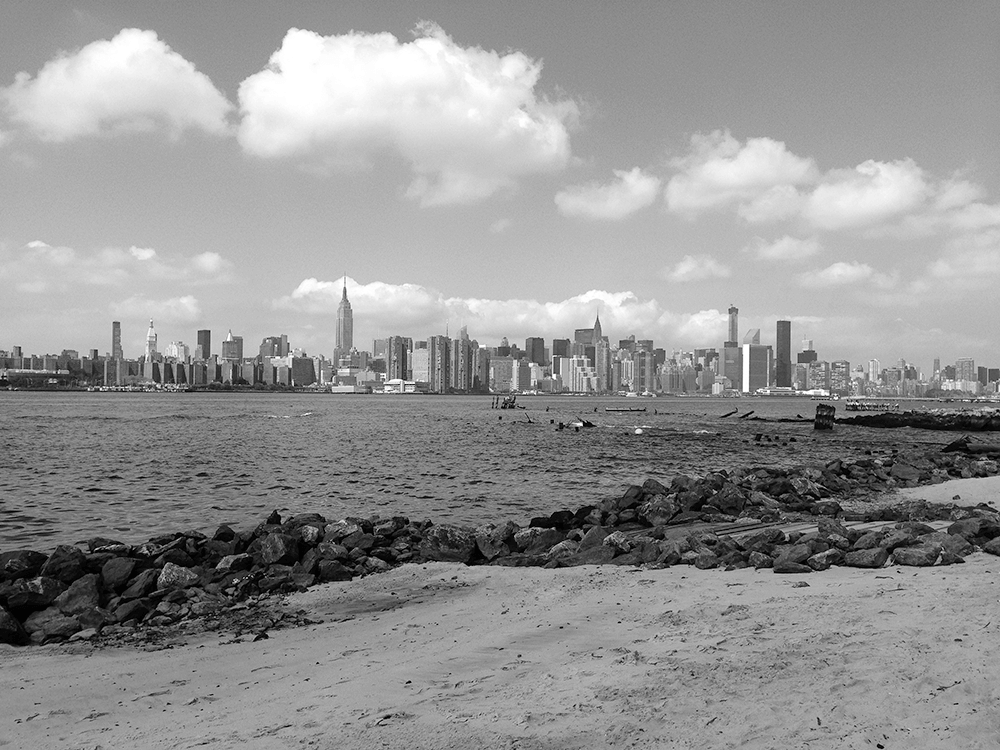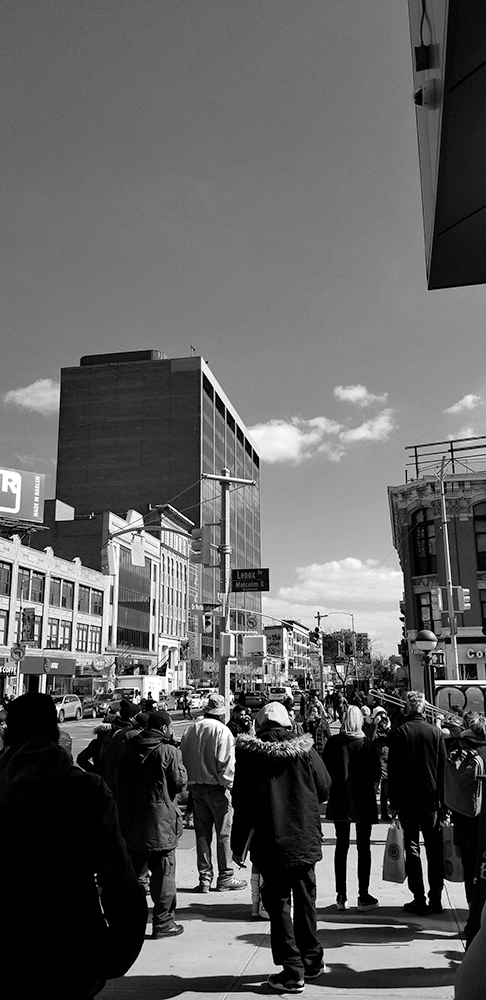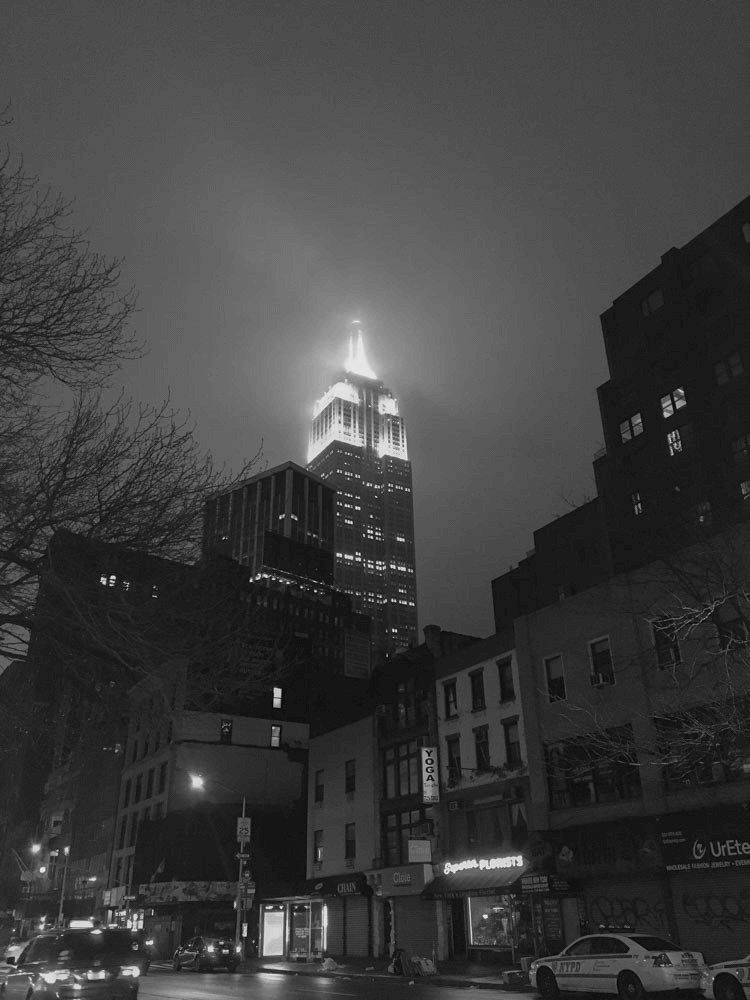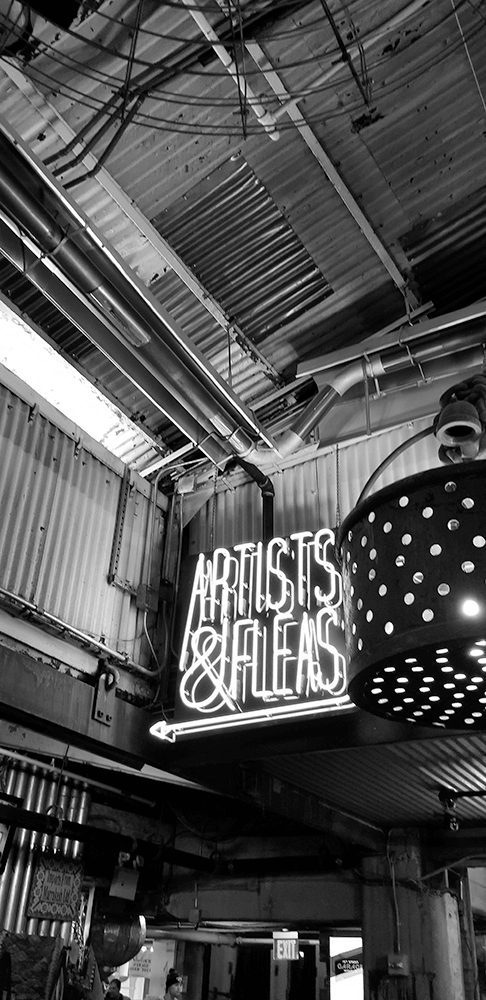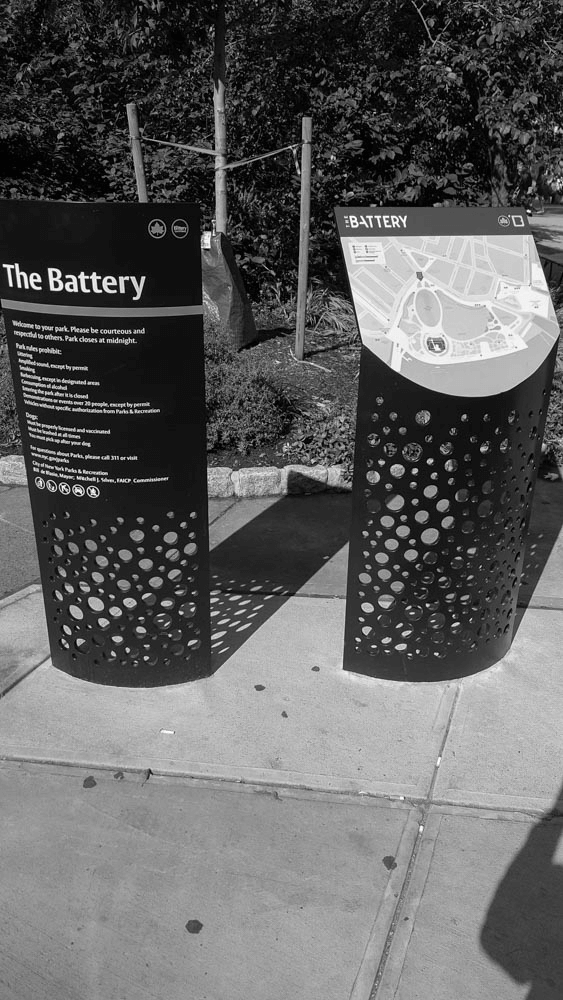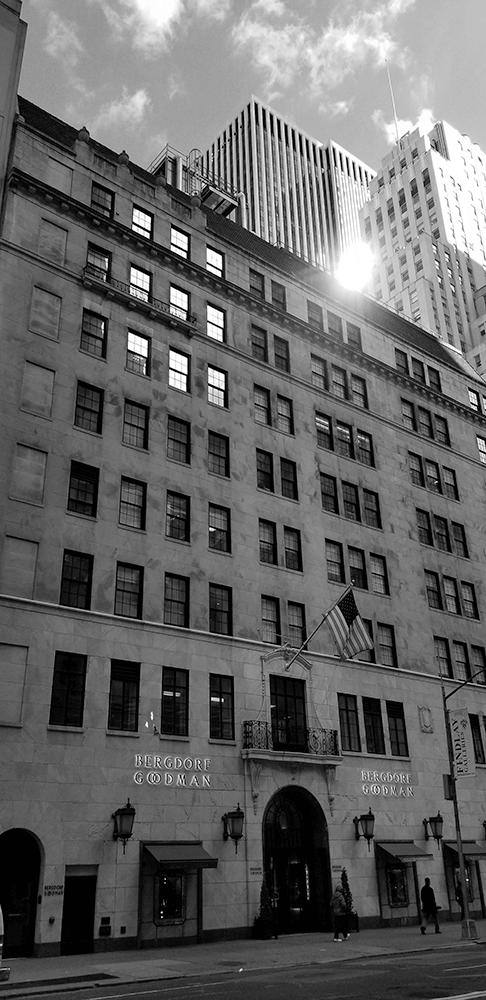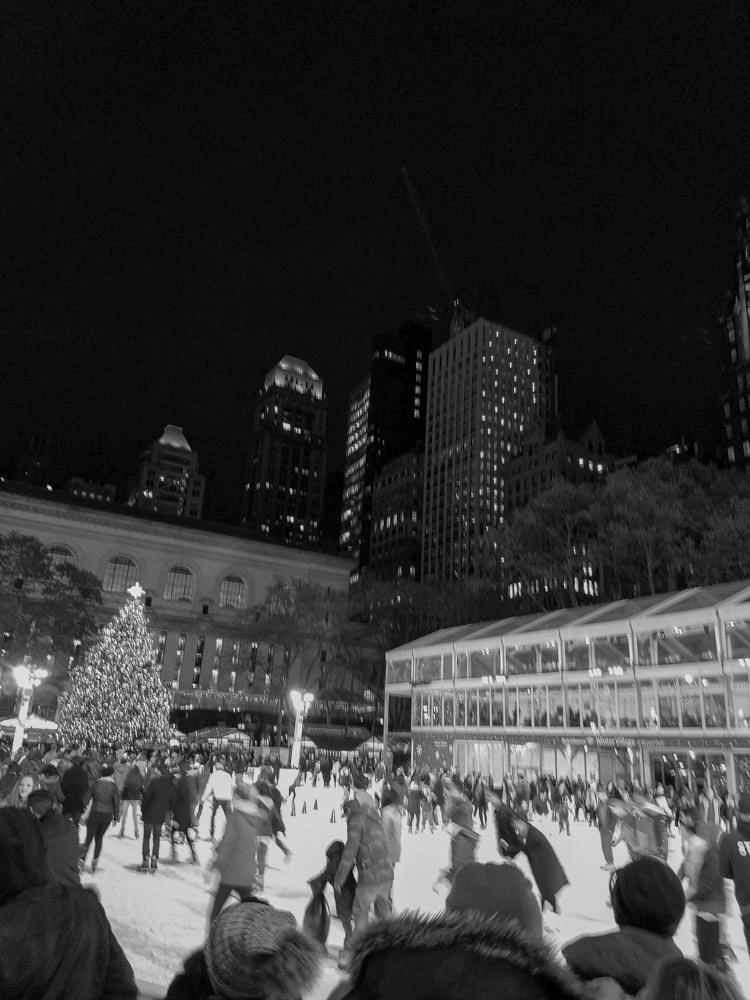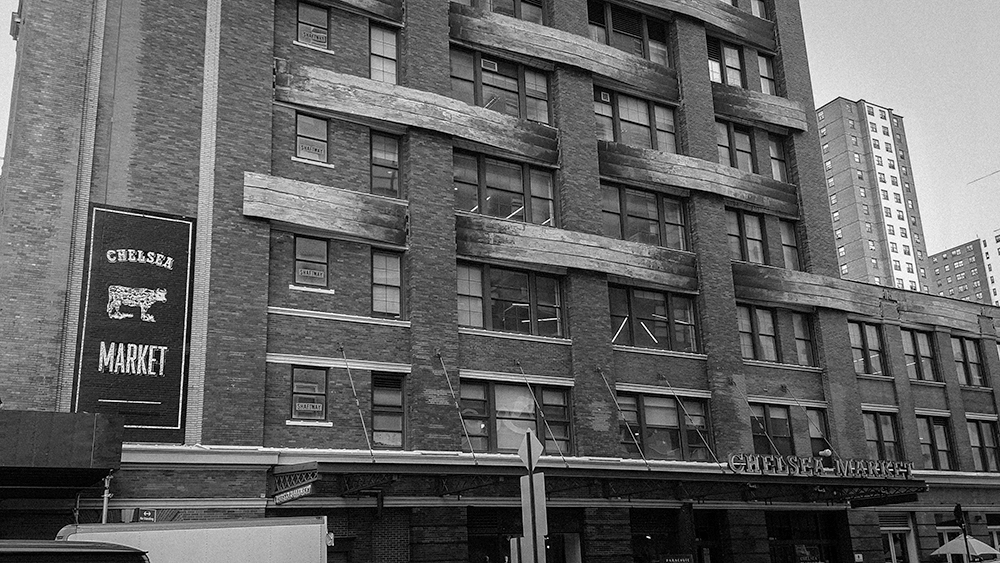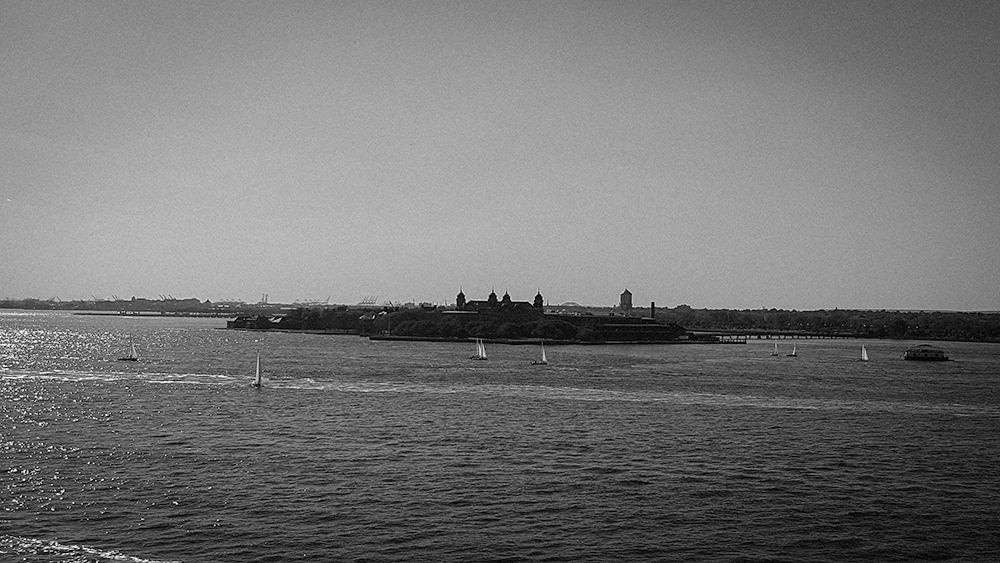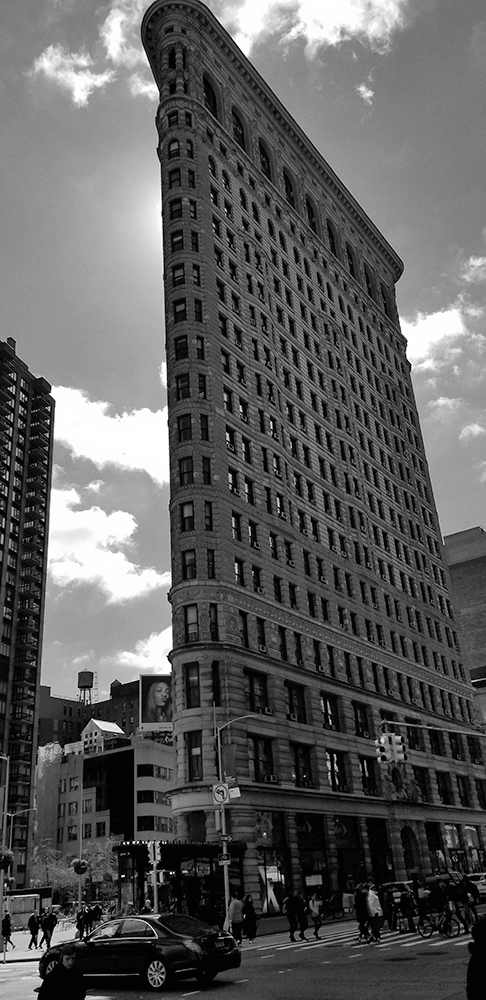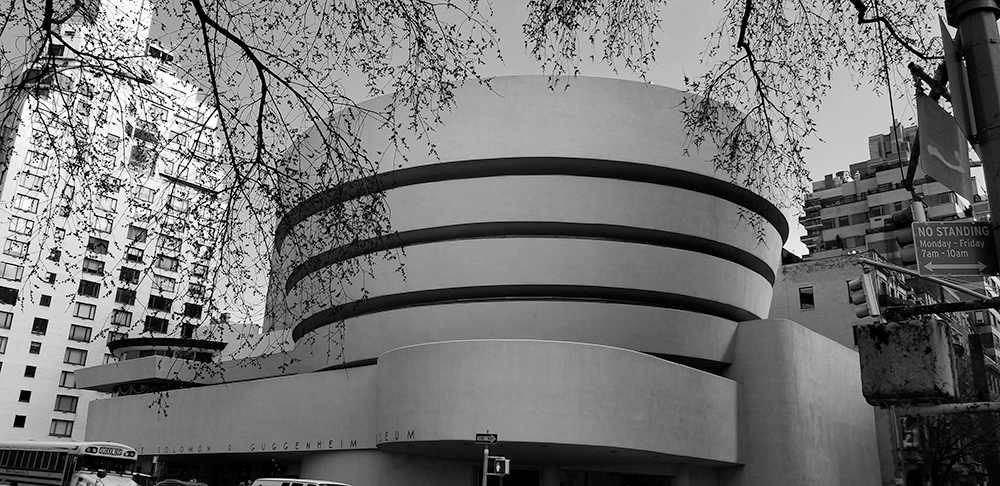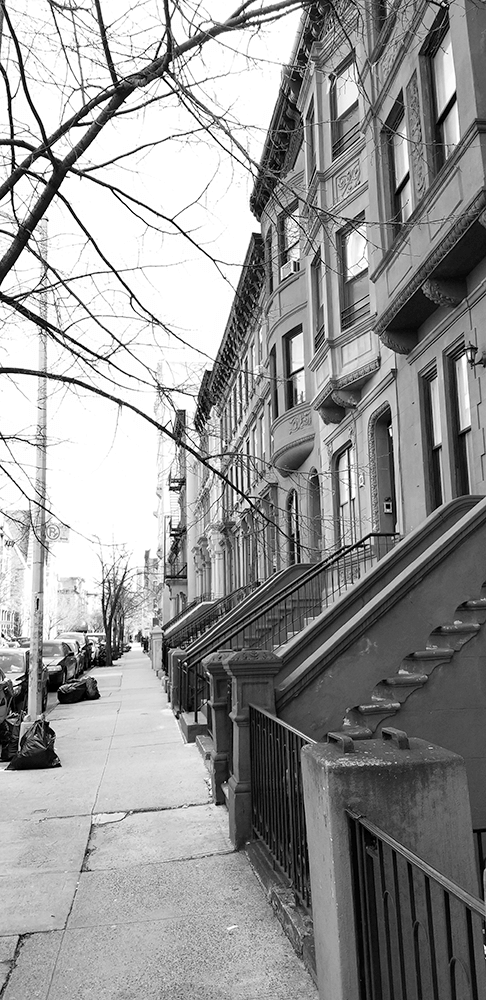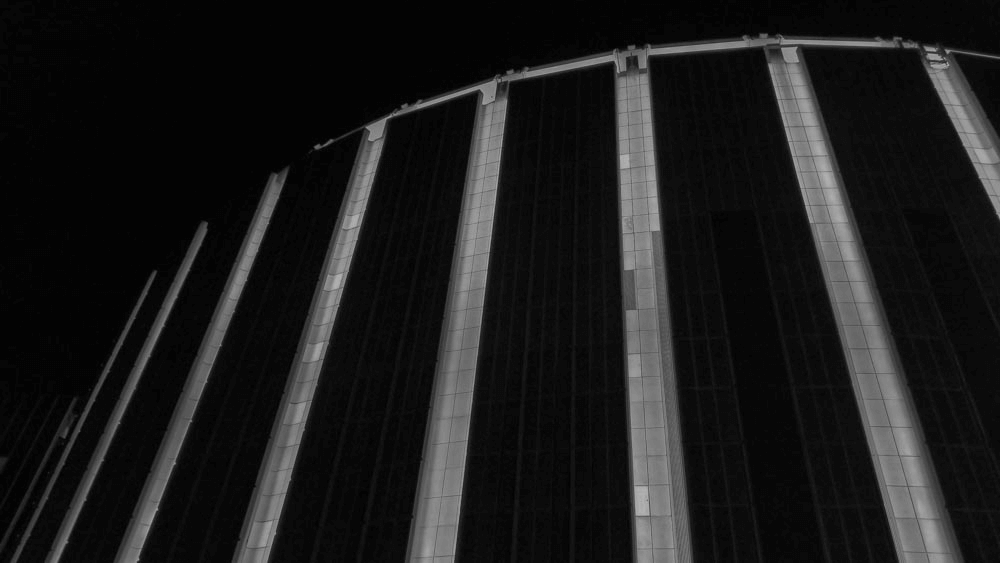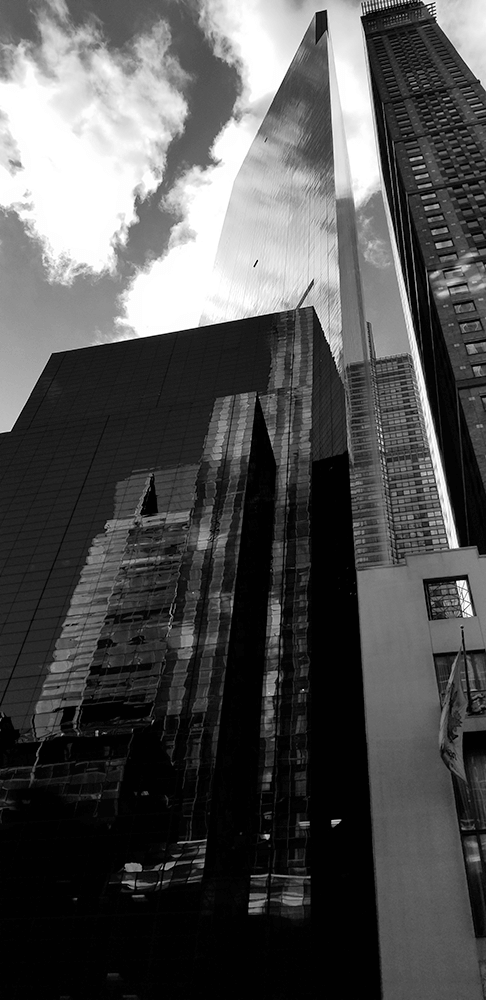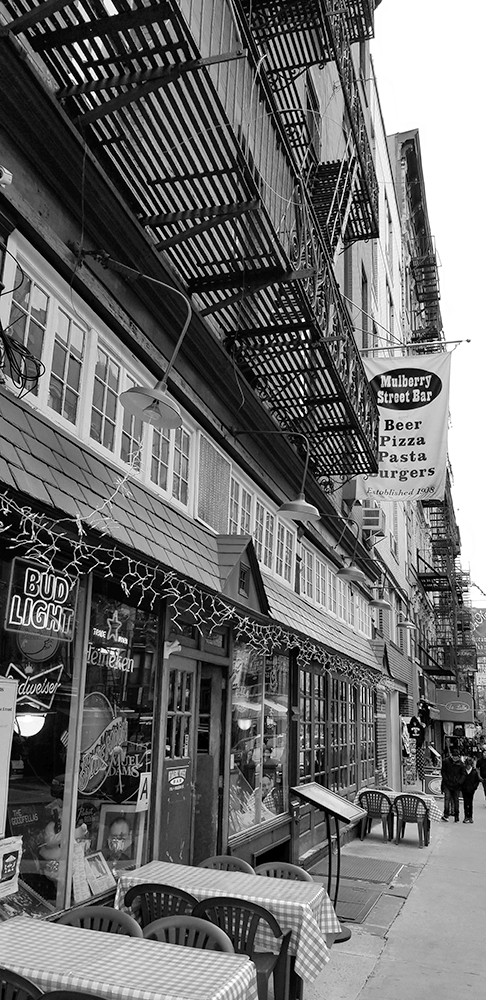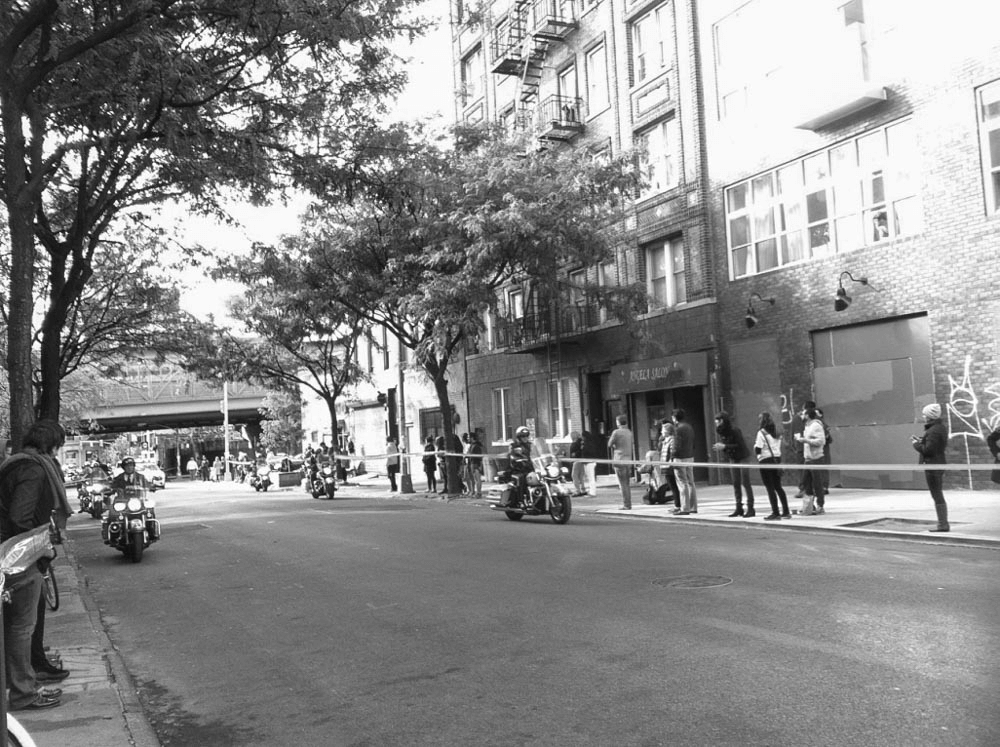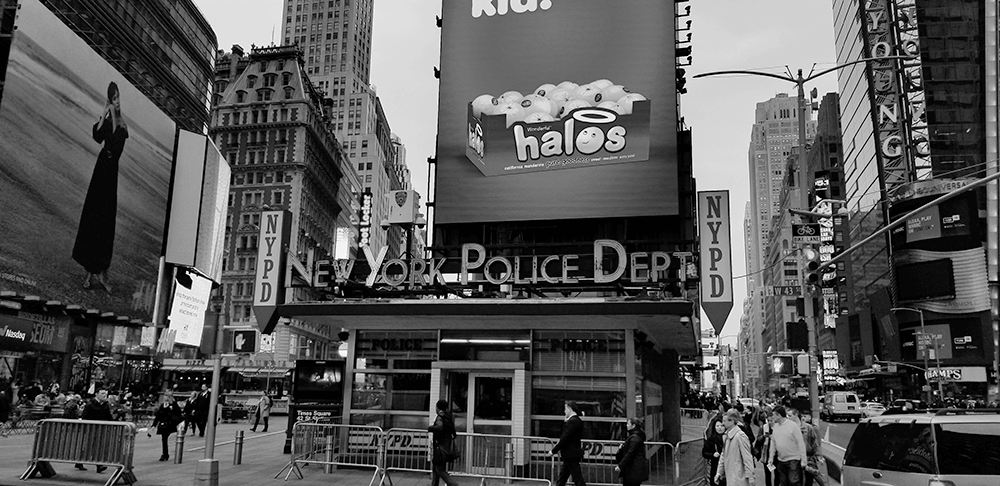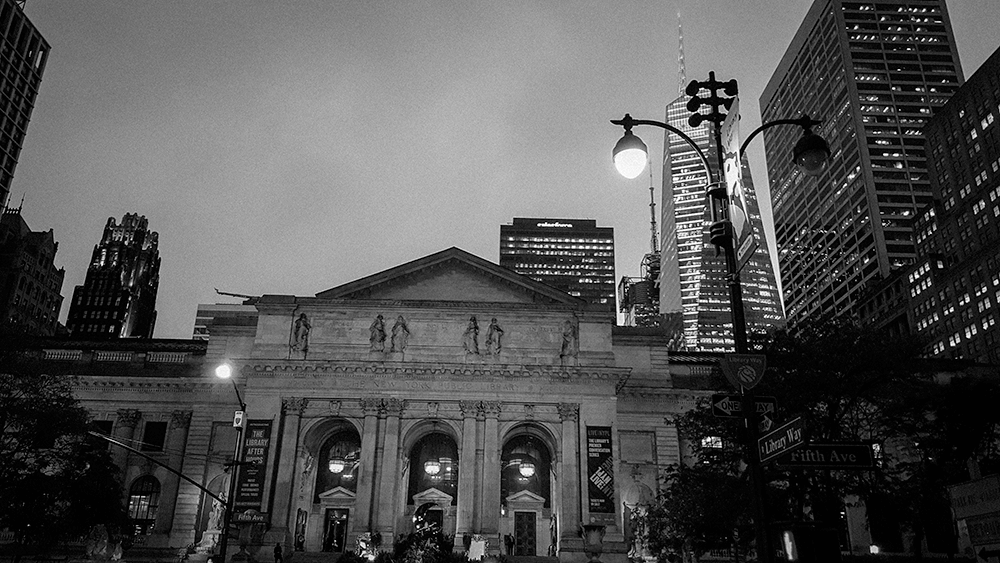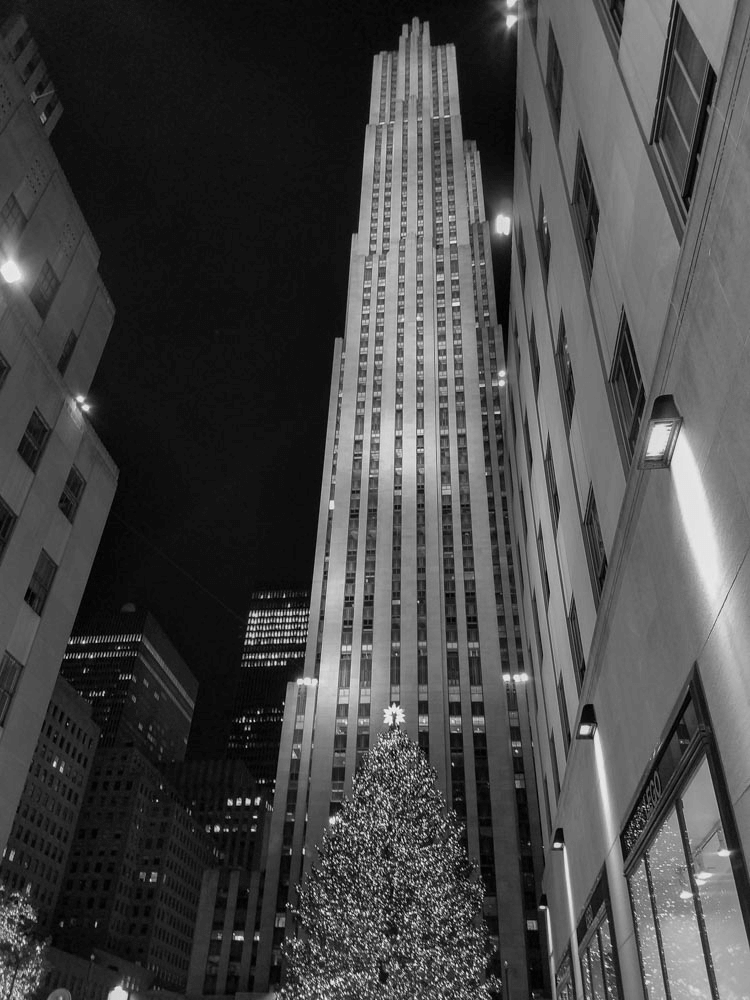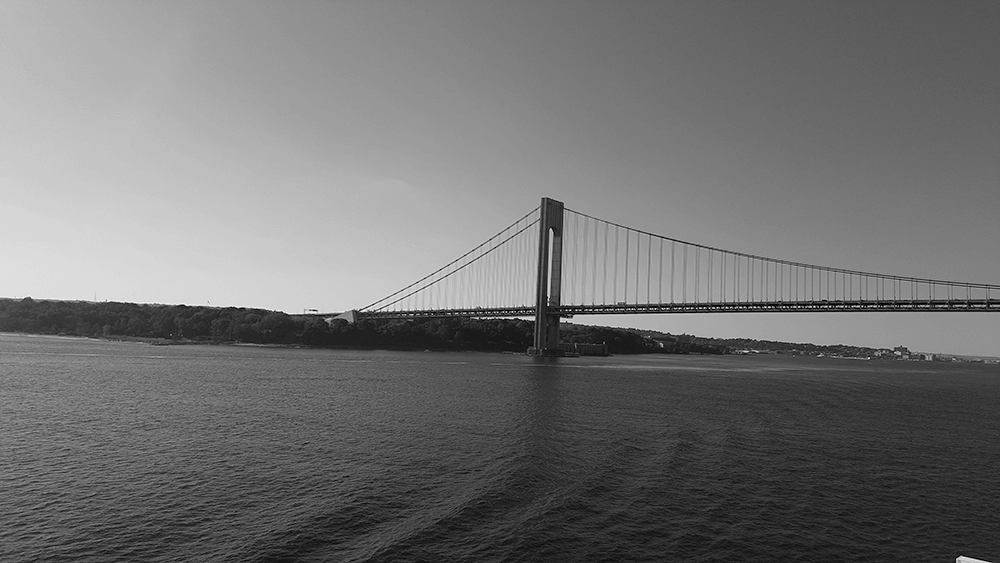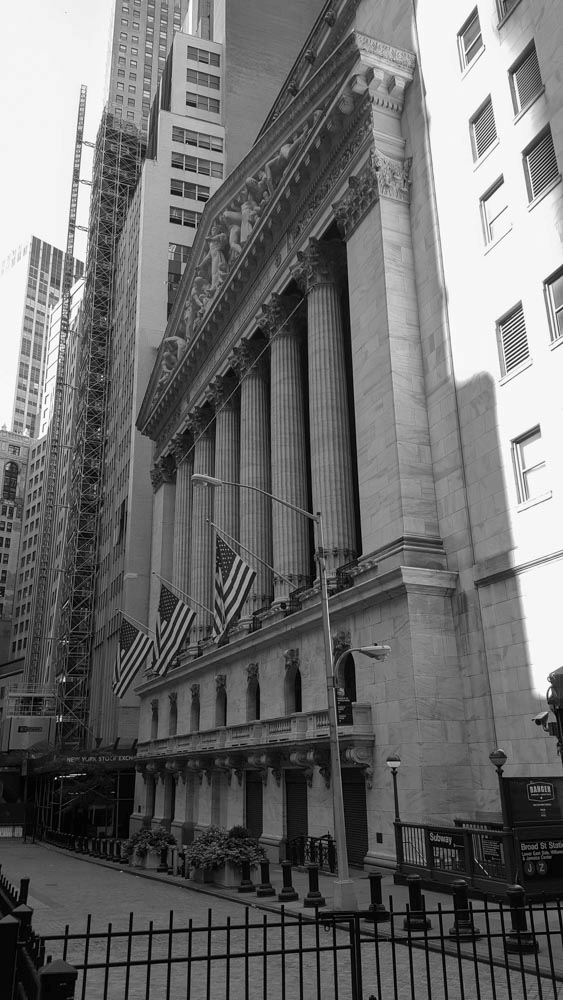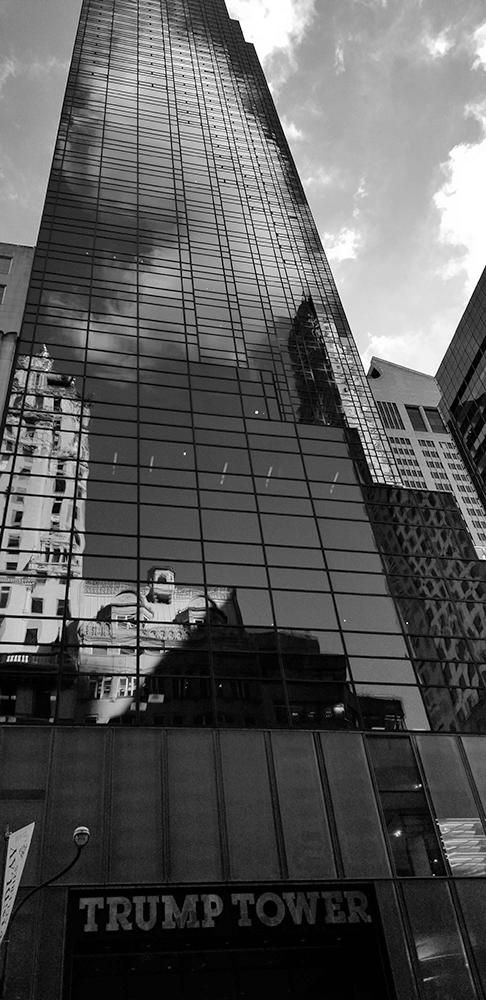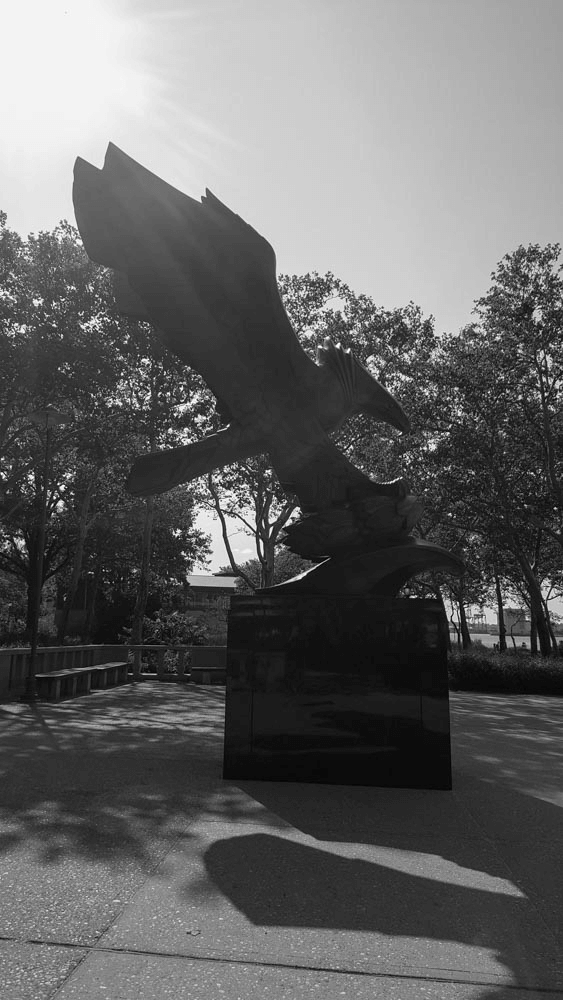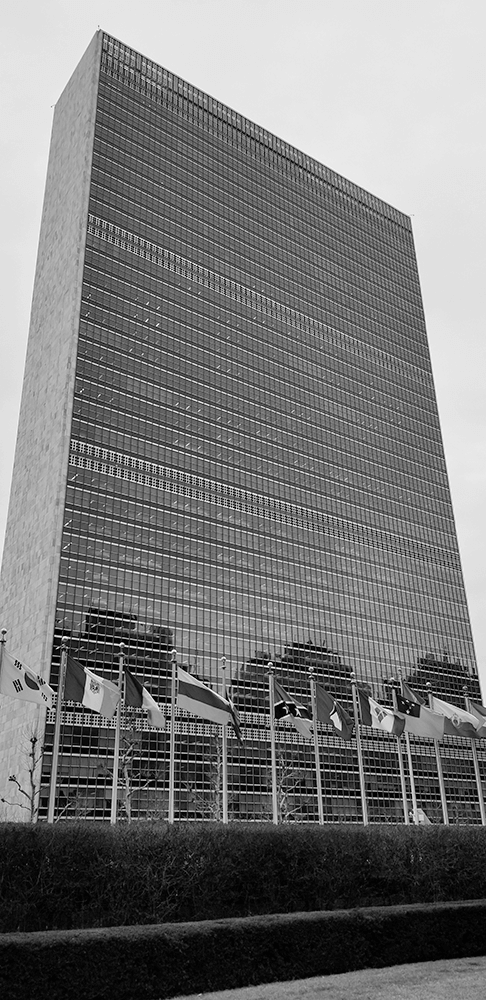Museum
Financial District
South Street Seaport Museum
South Street Seaport Museum: Ein Schatz der maritimen Geschichte Das South Street Seaport Museum in New York City ist eine faszinierende Institution, die sich der maritimen Geschichte und der kulturellen Bedeutung des Hafens von New York widmet. Gelegen im historischen South Street Seaport District, bietet das Museum eine einzigartige Gelegenheit, in die Vergangenheit der Schifffahrt und des Handels einzutauchen, die die Entwicklung der Stadt maßgeblich beeinflusst haben. Standort und Architektur Historische Umgebung: Das Museum befindet sich in einem der ältesten und am besten erhaltenen historischen Hafenviertel der Stadt. Die Umgebung ist geprägt von restaurierten Gebäuden aus dem 19. Jahrhundert, die eine authentische Atmosphäre schaffen und die maritime Geschichte lebendig werden lassen. Zugang zu Wasser: Der Standort am East River bietet Besuchern nicht nur einen herrlichen Blick auf die Skyline von Manhattan, sondern auch auf historische Schiffe, die Teil der Sammlung des Museums sind. Ausstellungen und Sammlungen Vielfältige Exponate: Das South Street Seaport Museum beherbergt eine umfangreiche Sammlung von Artefakten, die die maritime Geschichte New Yorks dokumentieren. Dazu gehören Schiffsmodelle, Navigationsgeräte, historische Karten und Fotografien, die die Entwicklung des Hafens und seiner Bedeutung für den Handel dokumentieren. Historische Schiffe: Ein Highlight des Museums sind die historischen Schiffe, die im Hafen liegen. Diese Schiffe, darunter die legendäre „Wavertree“, ein dreimastiger Bark, bieten Besuchern die Möglichkeit, die maritime Geschichte hautnah zu erleben und mehr über die Lebensweise der Seeleute im 19. und 20. Jahrhundert zu erfahren. Interaktive Ausstellungen: Das Museum bietet auch interaktive Ausstellungen, die es den Besuchern ermöglichen, mehr über die Schifffahrt, den Fischfang und den Handel zu lernen. Diese Ausstellungen sind sowohl lehrreich als auch unterhaltsam und richten sich an Besucher jeden Alters. Bildung und Gemeinschaft Bildungsprogramme: Das South Street Seaport Museum engagiert sich stark in der Bildung und bietet Programme für Schulen, Familien und die Gemeinschaft an. Diese Programme umfassen Workshops, Führungen und spezielle Veranstaltungen, die sich mit verschiedenen Aspekten der maritimen Geschichte befassen. Veranstaltungen: Regelmäßig finden im Museum Veranstaltungen wie maritime Feste, Vorträge von Historikern und Künstlern sowie kulturelle Aufführungen statt. Diese Veranstaltungen fördern das Gemeinschaftsgefühl und ermöglichen es den Besuchern, mehr über die reiche Geschichte des Hafens zu erfahren. Bedeutung und Einfluss Erhalt des maritimen Erbes: Das Museum spielt eine entscheidende Rolle beim Erhalt des maritimen Erbes von New York City. Es bewahrt nicht nur historische Artefakte, sondern fördert auch das Bewusstsein für die Bedeutung des Hafens für die Stadt und die Region. Kulturelle Bereicherung: Das South Street Seaport Museum ist ein Ort, der das kulturelle Leben von New York bereichert. Es zieht nicht nur Touristen an, sondern auch Einheimische, die an der Geschichte und Kultur ihrer Stadt interessiert sind. Das South Street Seaport Museum ist ein unverzichtbarer Teil der kulturellen Landschaft von New York City. Mit seiner reichen Sammlung von Artefakten, historischen Schiffen und interaktiven Ausstellungen bietet das Museum eine umfassende Perspektive auf die maritime Geschichte der Stadt. Ein Besuch im Museum ist eine bereichernde Erfahrung, die sowohl lehrreich als auch inspirierend ist. Egal, ob Sie ein Geschichtsinteressierter, ein Familienausflug oder einfach nur neugierig sind, das Museum bietet für jeden etwas und ist definitiv einen Besuch wert.
1 2 NYCGO 3 4
